According to Bloomberg, Bain Capital and The Carlyle Group are contemplating a joint buyout of multinational lighting manufacturer OSRAM Licht AG. The potential deal could be announced as early as this month.
OSRAM, which is headquartered in Munich, Germany and traded on the Frankfurt Stock Exchange, was spun off by Siemens in July of 2013. A leading manufacturer of traditional lighting products, automotive lighting products, and light emitting diodes (LEDs), OSRAM comprises 18.3% of the U.S. lighting and bulb manufacturing industry, behind only General Electric. From the onset of 2016 through 2017, OSRAM’s stock more than doubled in price. In October of 2017, Siemens capitalized on its returns, relinquishing all remaining equity in the company. Its exit came just a few months before the stock began to plummet in 2018, as shares dropped from €77.56 in January to €30.64 in October.
One cause of this decline was a significant decrease in traditional lighting products sales, as customers’ preferences shifted towards LEDs. Slow growth in China added further fuel to the fire. A particularly large dip occurred in April when OSRAM slashed core profit guidance due to “muted” earnings and an appreciating euro relative to the dollar. Since the lighting manufacturer derives almost 50% of consolidated revenue from U.S. dollars, this exchange rate fluctuation proved to be detrimental. June brought an even deeper plunge, as trade friction crippled the automotive sector, which is responsible for about half of OSRAM’s revenue.
Despite suffering from underwhelming sales in 2018, OSRAM poured investments into its future this past year. Turning its focus towards growth and digitalization, OSRAM sees potential in intelligent digital lighting management systems, cloud and IoT solutions, optical semiconductors (OS), and automotive lighting technologies. In an effort to expand its footprint in these segments, the company spent €421M on R&D in 2018 (up from €364M in 2017). It allocated an additional €1,621M to PP&E (up from €1,396M in 2017), increasing OS capacity and producing a new LED chip factory. Moreover, in July OSRAM commenced its joint operation with automotive manufacturer Continental, launching OSRAM Continental to exploit automotive intelligent lighting opportunities. OSRAM also acquired Vixar, which specializes in optical identification technology, and Fluence Bioengineering, a leading smart horticulture lighting supplier. Further adhering to its long-term strategy, OSRAM initiated the sale of its luminaires arm, citing a “highly fragmented market” as the sector’s primary challenge. Confident in its alterations, OSRAM announced €400M in share buybacks on November 6.
With market cap reduced and growth ostensibly imminent, the timing is ripe for a buyout. However, 2018 showcased negative €183M in FCF (down from positive €99M in 2017) due to declining revenue and steep capex. This decrease was accompanied by a 2.1% drop in adjusted EBITDA to 14.7% this past year. Depending on how quickly OSRAM’s investments begin generating cash flow, Bain and Carlyle may struggle to pay off debt incurred in a potential buyout. Furthermore, current assets fell about €100M year on year, providing Bain and Carlyle with less collateral to obtain credit. For these reasons, the firms may elect not to heavily lever a buyout, which could explain why a joint deal appears attractive. If a deal emerges, it could yield substantial returns if OSRAM’s brand name, economies of scale, and LED production position it to take advantage of regulatory mandates requiring LED installation. Strategic acquisitions to limit LED manufacturing competition and increase barriers to entry could promote success, as the industry has room for consolidation. Some tailwinds, however, are the manufacturer’s reliance on suppliers and favorable exchange rates, which could adversely impact profits. Just as integral to OSRAM’s future is how effectively the company’s exploration into new end markets protects it from macroeconomic concerns. If OSRAM continues to depend on the automotive industry, its future may be at risk.

